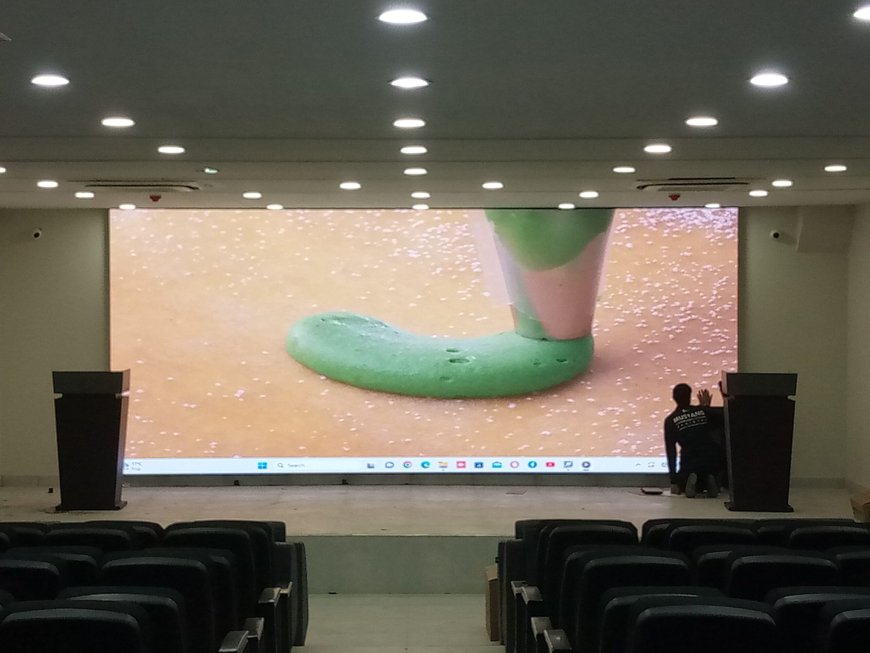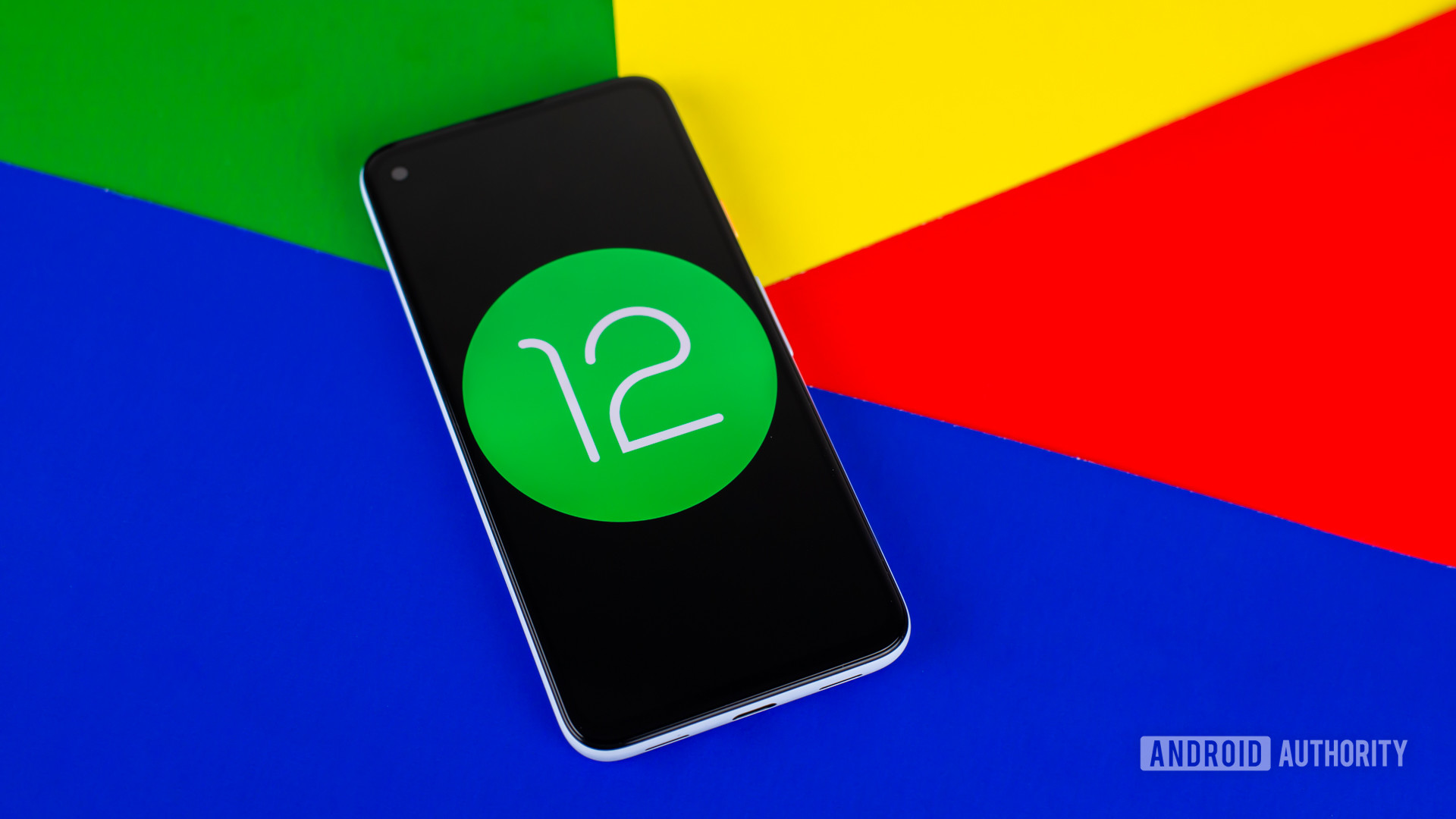LED Screen Based on SD Diode: A Step-by-Step Guide
MD LEDs or Surface Mount Diodes are lightweight LEDs integrated into an enclosed housing and are commonly used in various displays and devices on the market.

Let's start with the definition of SMD. It stands for the surface type of application (mounting) of a chip, in our case, a diode, on a carrier board or module. Unlike the DIP type, where the diodes are mounted on legs, this structure provides leads from a flat base, which provides three undeniable advantages: it reduces the case's weight and size, increases heat transfer from the crystal, and increases service life.
SMD Screen components
Just like a DIP diode, an SMD consists of:
- Lens and body
- Crystal - in this case, there are 3 RGB
- Contacts: anode, cathode
- Heat dissipating substrate
- Wire to crystal
The principle of forming a full-color pixel is standard: three RGB crystals, depending on the variations in the luminescence intensity of each, form a single full-color point that can reproduce up to 16 million colors.
The main feature and advantage of LED screens using this type is the ability to place diodes from each other at a minimal distance of up to 1 mm, allowing the production of high-resolution monitors.
Due to the complexity of the design, SMD Screen is still inferior to DIP diodes in terms of maximum brightness and are, therefore, mainly used for indoor screens.
Let's sum it up:
- High image quality - 1mm pixel pitch
- Viewing angle 120/120 0 (horizontal/vertical)
The diffuse light flux combined with high image accuracy is a win-win option for screens with a minimum viewing distance. Here, SMD technology is much more efficient than DIP.
SMD Screen Types
Until recently, screens with SMD technology were only used indoors. But the world does not stand still. Today, manufacturing companies can offer a more technologically advanced and modern SMD screen for the street (OUTDOOR) to replace the already established (more than 30 years) DIP-type outdoor screen.
l For the premises
Since this spectrum of screens is considered the main one in the production of indoor (INDOOR) screens, it is worth noting the significant progress in image quality, namely in reducing the distance between the diodes.
This characteristic is the latest achievement in this area, so the screen cost will only be affordable for some. However, a screen with a 4 mm pixel pitch has already become commonplace and is widely used at an affordable price. Along with progress in the development of LED screens, new options appear:
- For the street
For outdoor use, excellent image quality characteristics - there was a requirement to provide minimum brightness for the street (at least 5500 cd) and pixel protection from harsh weather conditions, including moisture protection IP65. Designers have achieved a particular result within certain conditions (brightness and pixel pitch), which led to a significant increase in the cost of producing outdoor screens and their components. Today, an outdoor SMD screen is a premium offer in the advertising industry and is gradually beginning to fill the market. After all, the demand for screens with a minimum comfortable viewing distance and, in general, for image quality is growing. The most advanced offer for an outdoor screen based on an SMD diode today:
- Minimum Step 4 mm
- Brightness up to 7000 CD
Characteristics of SMD screens
Let's consider the standard characteristics of the screen indoors and outdoors, regardless of the type of metal structure and installation. As a measure, we will take an LED screen with an area of 1 square meter. The main characteristics are:
- Step between pixels
This parameter determines the overall screen resolution and comfortable viewing distance. Outdoors, it ranges from 5 to 10 mm, and indoors, it ranges from 1 to 10 mm.
- LED manufacturer and chip (SMD marking)
For example, the marking Epistar 3535 SMD (3in1) is the manufacturer Epistar, 3535 is the chip size nm, and SMD (3in1) is the diode type.
- Screen brightness
This characteristic is determined by the conditions of the screen placement and its subsequent task.
Street - from 5500 to 7000 cd.m
Room - from 1500 to 2500 cd
Viewing angles – this characteristic is standard on all SMD screens and is indicated horizontally and vertically, 120/120 0
- Water resistance
The main indicator of protection from weather factors
Street - front side IP67, back IP 65
Room – IP 33
What's Your Reaction?
 Like
0
Like
0
 Dislike
0
Dislike
0
 Love
0
Love
0
 Funny
0
Funny
0
 Angry
0
Angry
0
 Sad
0
Sad
0
 Wow
0
Wow
0


















































